Description
Confidence in Design
Over a decade of research confirmed that the ACL deficient total knee has very different kinematics from an ACL intact normal knee.1,2 The 3DKnee is based on data from insert retrievals, tibial plateau analysis, and fluoroscopic review (shown in Figures A and B) which concluded that an ACL deficient knee has a lateral rotational bias. With a ball and socket lateral condyle for rotation and a flatter medial condyle designed for translation, the 3DKnee is designed to allow ACL deficient TKA kinematics. The design has performed successfully in vivo with excellent Knee Society scores.3
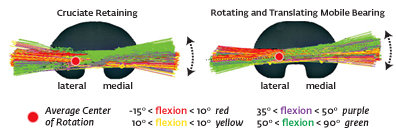
Confidence in Procedure
Through every step of the 3DKnee procedure, surgeons have accurate guidance from the instrumentation and yet are allowed the freedom and flexibility to alter intra-operative plans as needed. M.I.K.A.™ (minimally invasive knee arthroplasty) or standard incision instruments are available and allow a surgeon to work confidently through the best incision possible for each patient.

Confidence in Motion
As most knee replacement patients reach maximum flexion when femoro-tibial impingement occurs, the 3DKnee insert sulcus is positioned 5mm posterior to the AP center, encouraging roll-back and delaying ROM-limiting impingement.1 A posterior based technique allows for maintenance of the posterior condylar offset of the femur.2 While a single radius of curvature allows 1:1 contact through mid-flexion, control of translation is relaxed as the knee goes into deeper flexion, allowing ligamentous structures to take control.

Confidence in Strength
A very congruent, stable articulating surface allows for the quadriceps muscles to operate much more efficiently, reducing hamstrings co-activation and the demands on the extensor mechanism, making patients effectively stronger as a result of an intrinsically stable knee joint.1,3,4,7,8
Confidence in Stability
By controlling the translation of the lateral condyle in extension, and giving increased lateral A/P laxity in flexion, the 3DKnee articulating surface is designed to accommodate for the loss of the ACL and provide intrinsic AP stability to the replaced knee.4 The 3DKnee femoral design incorporates a single radius of curvature. This design feature seeks to reduce mid-flexion instability and creates a more stable joint in terms of varus/valgus laxity.5,6 Less compensatory muscle activity is required to stabilize the total joint.7 The 3DKnee insert is used with or without an intact PCL. A stable articulating surface is created without the use of a less bone sparing post and cam design. The high anterior lip and conforming articulating surface stabilize the femur on the insert.

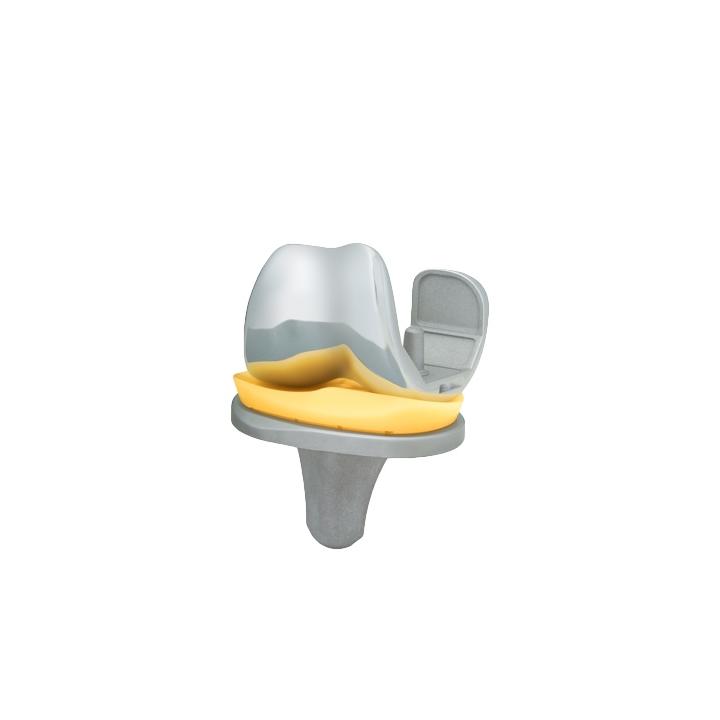

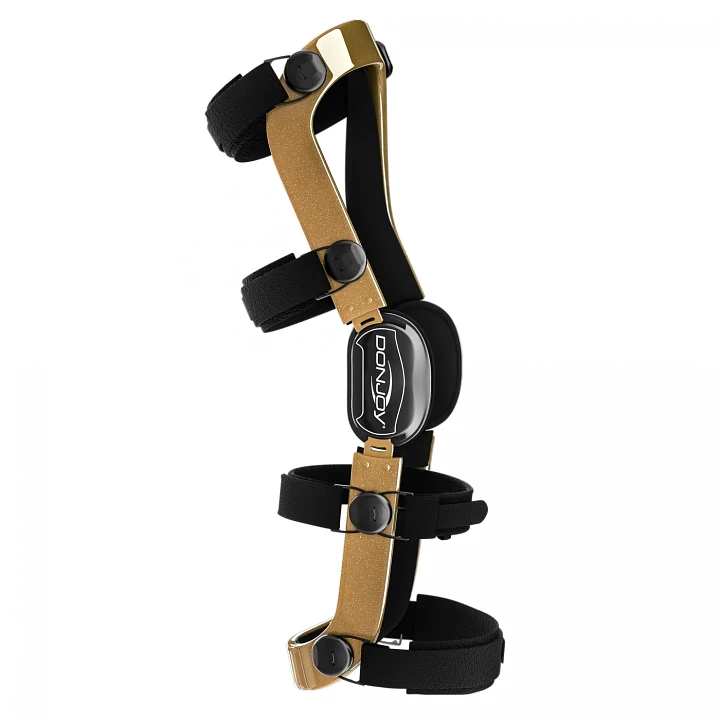
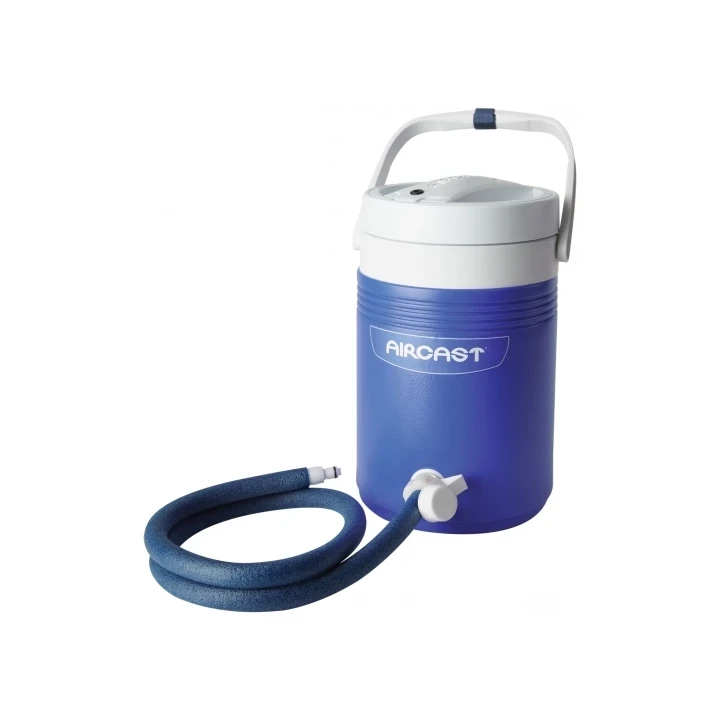
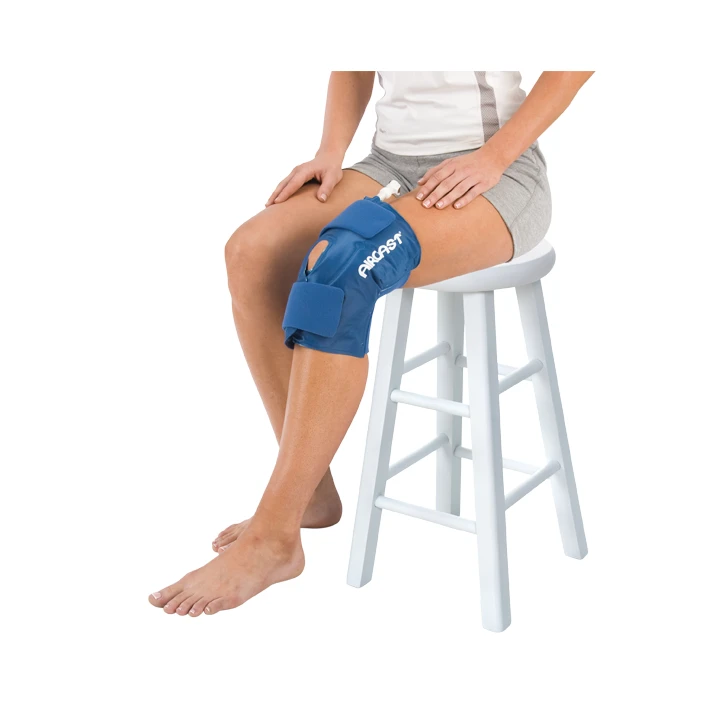
Reviews
There are no reviews yet.